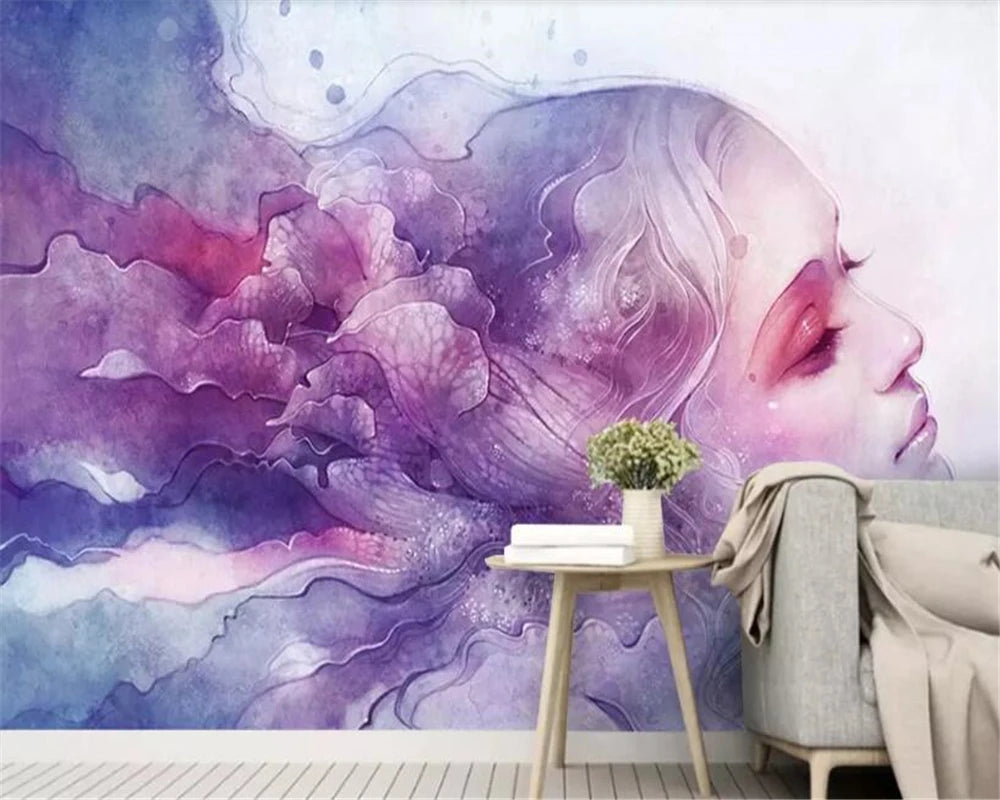How Much Does Wallpaper Cost
How Much Does Wallpaper Cost: A Complete Guide
When it comes to home decor, wallpaper is an excellent choice that can instantly transform a space. But before diving into the world of wallpaper, it's essential to consider the cost. Understanding the factors that determine the price of wallpaper can help you make an informed decision. In this guide, we will explore the various aspects that affect wallpaper costs, such as material, pattern, installation, and more.
The Impact of Material and Quality on Wallpaper Costs
The material used in wallpaper plays a significant role in determining its cost. There are several options available, each with its unique characteristics and price points.
Vinyl wallpaper is the most popular and affordable choice. It is durable, easy to clean, and resistant to moisture, making it suitable for kitchens, bathrooms, and high-traffic areas. Moreover, vinyl wallpaper comes in a wide range of patterns, textures, and colors.
Another option is fabric wallpaper, which adds elegance and sophistication to any room. The cost of fabric wallpaper is higher due to the use of luxurious materials such as silk, linen, or cotton. It is important to note that fabric wallpaper requires professional installation to achieve the desired look and avoid damage.
Factors Affecting the Price of Vinyl Wallpaper
1. Thickness: Thicker vinyl wallpaper tends to be more expensive as it offers enhanced durability and easier application.
2. Pattern Complexity: Intricate patterns or designs may increase the cost of vinyl wallpaper due to the level of detail and precision required during manufacturing.
3. Brand and Designer Options: Premium brands and designer collections often come with a higher price tag due to their reputation and exclusive designs.
Factors Affecting the Price of Fabric Wallpaper
1. Material Quality: The cost of fabric wallpaper depends on the type and quality of fabric used. Natural fibers such as silk or linen are more expensive than synthetic materials.
2. Customization: Custom-made fabric wallpaper involves additional costs as it requires specific measurements and unique designs tailored to your preferences.
3. Installation Complexity: Fabric wallpaper is delicate and requires professional installation, which can add to the overall cost.
The Role of Pattern, Design, and Brand in Wallpaper Costs
Aside from the material, several other factors influence the cost of wallpaper, including the pattern, design, and brand.
The pattern of the wallpaper can range from simple stripes to intricate floral designs. Generally, wallpapers with more complex patterns tend to be more expensive due to the precision and attention to detail required during manufacturing.
The design of the wallpaper also impacts the price. Designer wallpapers or specialty collections often come with a premium price tag due to their exclusivity and unique aesthetic appeal.
Brands play a significant role in determining the cost of wallpaper. Well-known brands with a reputation for quality and design expertise tend to have higher prices. However, there are also budget-friendly options available that offer attractive designs at a more affordable price point.
Considering Wallpaper Installation Costs
Wallpaper installation is a crucial part of the overall cost. Unless you have experience in wallpaper installation, it is recommended to hire a professional to ensure a flawless finish.
The cost of installation varies depending on factors such as the type of wallpaper, the size of the room, and the complexity of the pattern. Professional installers may charge per hour or per square foot. It is recommended to get quotes from multiple installers to compare prices and find the best fit for your budget.
Keep in mind that some wallpaper types, such as fabric wallpaper, require more expertise and time for installation, which can increase the overall cost.
Additional Costs to Consider
When budgeting for wallpaper, it's important to consider additional costs that may arise.
1. Sample Costs: If you're unsure about the wallpaper's look or texture, ordering samples can help you make an informed decision. However, keep in mind that some retailers charge a fee for samples.
2. Removal of Existing Wallpaper: If you already have wallpaper on your walls, you may need to remove it before applying the new one. Removing old wallpaper can be a time-consuming task, and you may require professional assistance.
3. Wall Preparation: Depending on the condition of the walls, you may need to invest in wall preparation, such as filling cracks or smoothing the surface. This step is essential for achieving a flawless finish.
Wallpaper Cost Range
The cost of wallpaper can vary greatly depending on the factors discussed above. On average, standard vinyl wallpaper can range from $20 to $50 per roll, while fabric wallpaper can range from $100 to $500 per roll. However, it's important to note that luxury or designer wallpapers can surpass these price ranges.
Installation costs typically range from $2 to $5 per square foot, including the cost of adhesive and labor. Keep in mind that prices may vary depending on your location and the specific installer you choose.
Conclusion: Make an Informed Decision
When considering wallpaper for your home, understanding the various factors that affect the cost is crucial. Material, pattern, design, brand, and installation are all key elements to consider when budgeting for wallpaper.
By taking the time to research and compare options, you can find a wallpaper that fits your style and budget. Remember to consider additional costs such as samples, removal of existing wallpaper, and wall preparation.
Investing in high-quality wallpaper and professional installation will ensure a beautiful, long-lasting finish that enhances the overall aesthetic of your home. So go ahead, explore the world of wallpaper, and transform your space into a personal haven.







